
mangrove wood
Mangroves wood have been used in the past decades as firewood, charcoal bark, chip wood and piling poles (Liew, 1980; Kugan, 2003; Tangah, 2004)
Source: www.bgci.org


PROCESS TO CHARCOAL
tannin found from skin of the trunk
Some mangrove plants are used for a wide range of conditions, including bacterial, fungal, and viral diseases. Mangroves are biochemically unique and produce a wide array of novel natural products and are considered a rich source of steroids, triterpenes, saponins, flavonoids, alkaloids, and tannins.
Source: link.springer.com


HELP DEAL WITH STOMACH ULCERS.
mangrove roots
Many mangrove forests can be recognised by their dense tangle of prop roots that make the trees appear to be standing on stilts above the water. This tangle of roots allows the trees to handle the daily rise and fall of tides, which means that most mangroves get flooded at least twice per day.
Source: en.wikipedia.org
THIS TANGLE OF ROOTS ALLOWS THE TREES TO HANDLE THE DAILY RISE AND FALL OF TIDES
provide ideal
breeding grounds
FISH, SHRIMP, CRABS,
AND OTHER SHELLFISH
Mangroves provide ideal breeding grounds for much of the world’s fish, shrimp, crabs, and other shellfish. Mangrove forests provide habitat for thousands of species at all levels of marine and forest food webs…
An estimated 75 percent of commercially caught fish spend some time in the mangroves or depend on food webs that can be traced back to these coastal forests.
Source: www.amnh.org
largest mangrove
conservation area
in malaysia
The Lower Kinabatangan-Segama Wetlands was added to the Ramsar List of Wetlands of International Importance on October 28, 2008 (Ramsar Site # 1849) and it represents the largest mangrove conservation area in Malaysia @ 78,803 ha
Source: rsis.ramsar.org
MANGROVES
COMPRISE
LESS THAN

TOTAL LAND AREA IN MALAYSIA
BIGGER THAN SINGAPORE
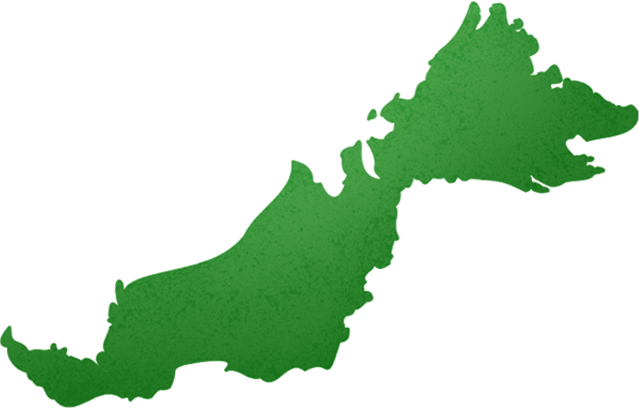

MANGROVE FORESTS IN MALAYSIA
Mangroves comprise less than 2% of the total land area in Malaysia. There are 641,886 ha of mangrove forests in Malaysia, of which 57% are found in Sabah and 26% in Sarawak and the remaining 17% in Peninsular Malaysia.
Source: repository.seafdec.org.ph
57% in sabah
26% in sarawak
17% in peninsular malaysia

MANGROVES
COMPRISE
LESS THAN

TOTAL LAND AREA IN MALAYSIA

BIGGER THAN SINGAPORE
largest mangrove
conservation area
in malaysia
The Lower Kinabatangan-Segama Wetlands was added to the Ramsar List of Wetlands of International Importance on October 28, 2008 (Ramsar Site # 1849) and it represents the largest mangrove conservation area in Malaysia @ 78,803 ha
Source: rsis.ramsar.org

MANGROVE FORESTS IN MALAYSIA
Mangroves comprise less than 2% of the total land area in Malaysia. There are 641,886 ha of mangrove forests in Malaysia, of which 57% are found in Sabah and 26% in Sarawak and the remaining 17% in Peninsular Malaysia.
Source: repository.seafdec.org.ph
57% in sabah
26% in sarawak
17% in peninsular malaysia

There are more plant species here than in most mangrove forests in the world
Avicennia and Sonneratia species on the coast where water is saltiest and the tidal wash strongest; Rhizophoras and Bruguieras in the swampy areas just behind them; and Nypa fruticans palms in the freshwater streams further inland still.
Source: en.wikipedia.org
5
different types of mangrove dominating parts of the region

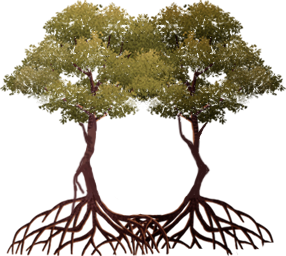
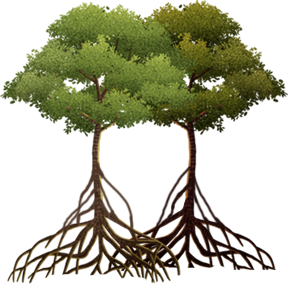
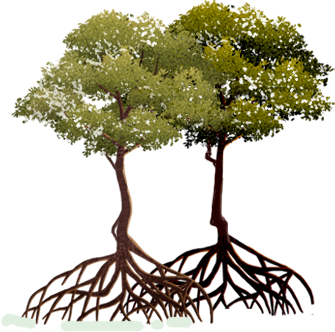


Blue Carbon Ecosystems
mangrovews hold carbon emissions of
CARS ANNUALLY
The forests are major blue carbon systems, storing considerable amounts of carbon in marine sediments, thus becoming important regulators of climate change
Source: en.wikipedia.org


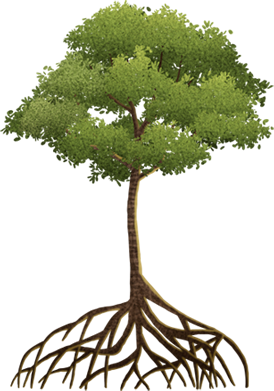
Mangroves are great natural buffer against giant waves
Mangroves are great natural buffer against giant waves, in view of unpredictable natural incidents caused by climate change, like rising sea levels, tsunamis, floods (Wah et al, 2011; Gagarin et al, 2022). Mangroves are able to absorb influxes of water, thus able to cope with extra flooding during a big storm (Feller,2018).


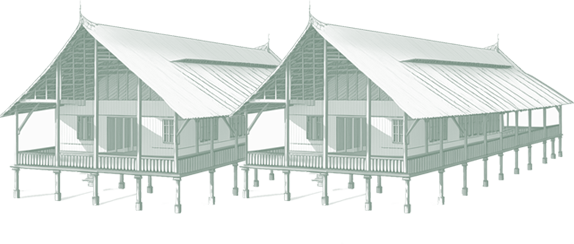
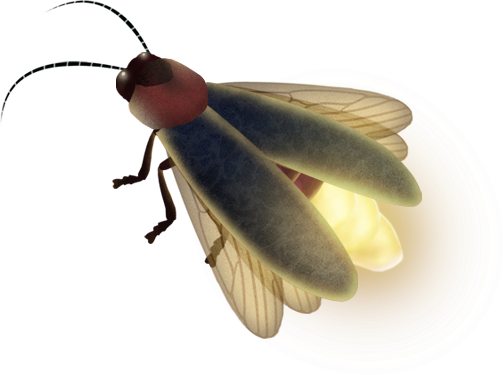
FIREFLIES
Fireflies (technically beetles, e.g. congregating fireflies – Pteroptyx) are bio-indicators of mangrove and riverine ecosystem health.
The cold light which is known as ‘bioluminescence’, is produced through a chemical reaction by an oxidative enzyme, Luciferase, found inside the firefly’s lower abdomen.
Source: www.researchgate.net


